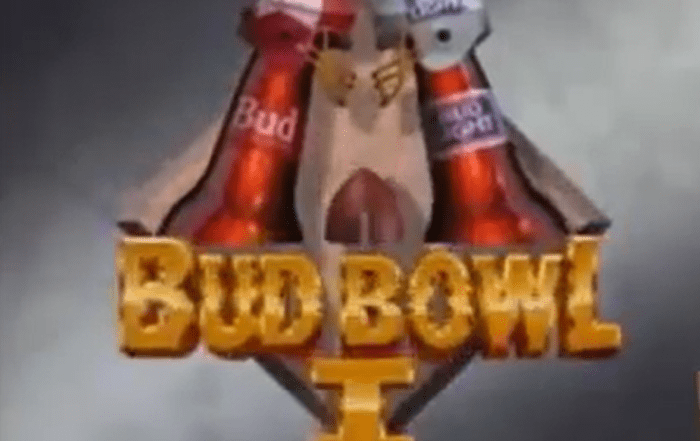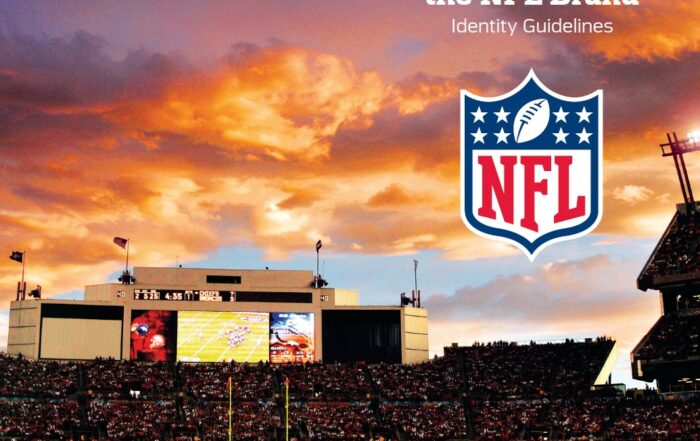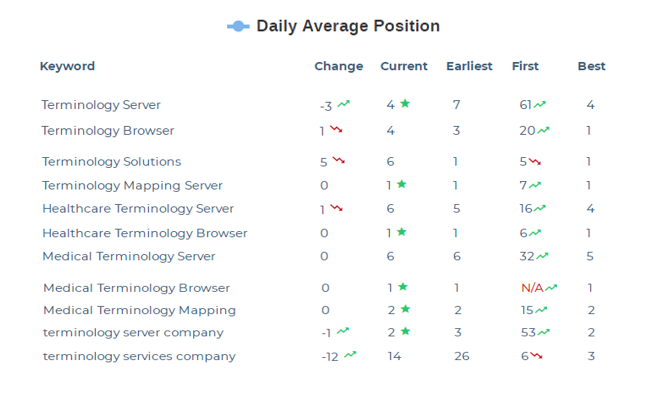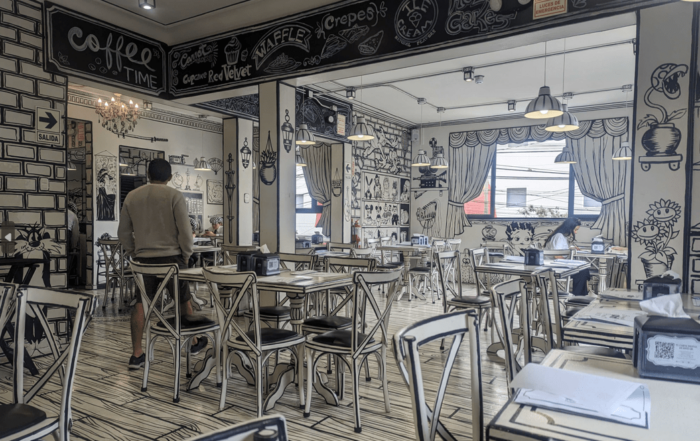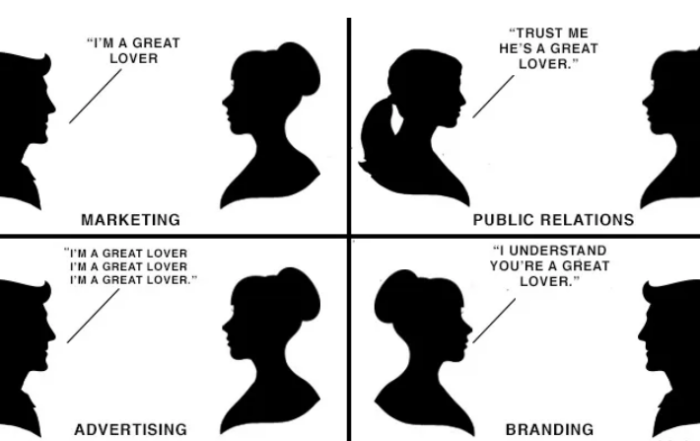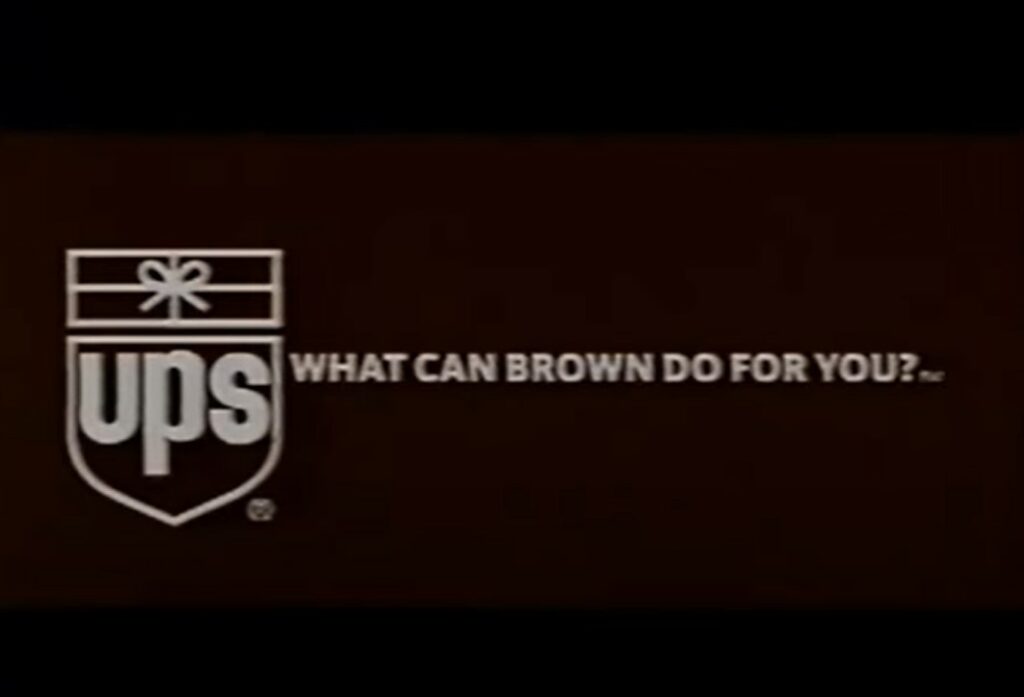
“What can Brown do for you?” became popular slang used during many a pickup basketball game the world over.
The UPS ‘What can brown do for you’ slogan was retired in 2010.
But I still remember the marketing campaign vividly. Every time I hear any sort of question related to brown, this slogan immediately pops into my head.
The fifth tagline in company history was unveiled in 2002. At the time, it was marketed as “most aggressive television and print advertising campaign in its 95-year history.”
UPS has used brown-painted vehicles since the 1920s when it delivered appliances and other goods for department stores. By the 1980s, UPS became known as “Big Brown.”
The brown color that UPS uses on its vehicles and uniforms is called Pullman Brown. Originally, founder James E. Casey wanted the trucks to be yellow, but one of his partners, Charlie Soderstrom, stated they would be impossible to keep clean, and that Pullman railroad cars were brown for just that reason. Ultimately, brown was chosen because of the color’s perceived “professional, dignified image.”
United Parcel Service’s branding is so ubiquitous that it branded an entire color: brown. In the its advertising campaign, “What can Brown do for you?”, UPS took a fun stance on the company’s recognizable color.
It showed various business people, tasked with the daily business task of shipping and receiving, talking about this “Brown” as though it was an actual person, referring to them by last name.
Which is how UPS used to operate. And how on-brand the new slogan was.
In many businesses across the country, the people get to know the driver so well, they build a relationship. The way this UPS driver did and retired after 20 years.
Based on that relationship and brand promise, referring to “Brown” and what he could do for you was not far-fetched, and an experience many of their customers were having every day.
The origin story of UPS is really cool.
“The firm that became United Parcel Service (UPS) was founded in Seattle, Washington, in 1907—an era before the widespread use of telephones and parcel post—when a teenager named James E. Casey established the American Messenger Company to deliver personal messages, luggage, and packages. Casey enlisted a crew of teenage helpers, including his brother George Casey, and funded the operation with $100 borrowed from a friend.”
Which is very similar to how Patron and Paul Mitchell owner John Paul DeJoria started his empire via a $350 loan from his mom.
From there, UPS continued to grow.
Since 1953 UPS had been offering two-day delivery service to large cities by sending packages in the cargo holds of regularly scheduled airlines and then completing the deliveries by truck, but during the 1980s the company began operating its own fleet of jets and could offer overnight air delivery. By 1998 UPS Airline was one of the 10 largest airlines in the nation, and UPS was the largest express carrier and package-delivery company in the world.”
In 2000, UPS changed its advertising agency of record, dropping Lowe Lintas after 17 years in favor of the Martin Agency of Richmond, Virginia.
UPS had been operating without a tagline for a while; The “Moving at the Speed of Business” campaign had served its purpose ending in 1998. And the first task for the new marketing agency was to create a new one. And, a new advertising campaign.
After several months of development, UPS unveiled a new campaign and tagline in early 2002: “What Can Brown Do for You?”
The new effort took advantage of the signature brown color of its trucks and drivers’ uniforms — and the brown color of manilla envelopes and other shipping materials like boxes – to promote all that UPS had to offer customers beyond package delivery.
In 2010, the world’s largest package delivery service retired its tagline in favor of a new theme, “We (heart) Logistics.”
UPS had grown from a parcel service, to a brand that had was multifaceted and now many areas of service.
And after eight years of service it was time for a change. The “What can Brown do for you” campaign was retired.
The new campaign, conceived by Ogilvy & Mather Worldwide, focused on all the points along the delivery process in which UPS can help.
This story is exactly how any brand should handle and conduct themselves. The best brands evolve not only with the times and how technology changes, but also how the brand/business evolves.
Just like people, every brand is in a constant state of evolution. And astute leadership, with the help of an advertising and marketing agency, can strategize and intentionally lay the path for future growth, while maintaining the equity of the past.

